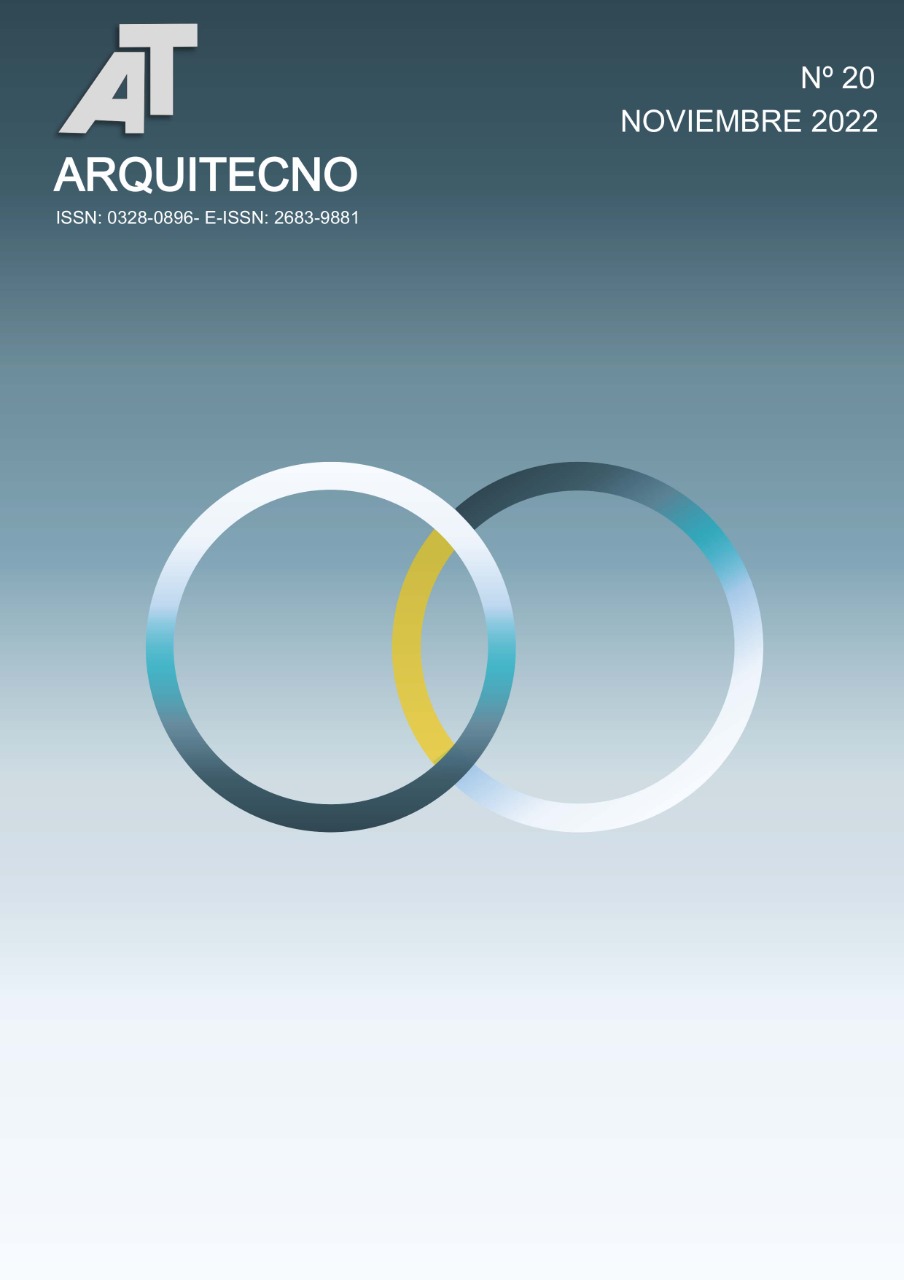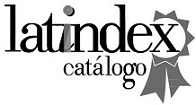Improvements for lighting conditions in standard classrooms in new schools built in Tucumán, Argentina
DOI:
https://doi.org/10.30972/arq.0206260Keywords:
Daylighting, artificial lighting, visual comfort, classrooms, energy efficiencyAbstract
The analysis of lighting in classrooms of a prototypical intermediate level school, which represents 67% of the educational facilities built in the National 700 Schools Program, 2003-2015, is addressed. The objective is to analyse the levels of natural lighting and the use of artificial lighting, and based on the results, to propose improvements to achieve habitability conditions. The methodology used was based on in situ measurements, graphic analysis and consumption analysis. The results show the natural and artificial lighting conditions, verifying that the minimum standards are not met. Improvements are proposed for both cases, with proposals that modify the design of openings to increase the gain of natural light and improve the efficiency and rational use of artificial lighting, which would allow savings of more than 40% in energy consumption.References
APrA (2014). Agencia de Protección Ambiental, Gobierno de Buenos Aires. Informe sobre El cambio climático http://www.buenosaires.gob.ar/agenciaambiental/cambioclimatico/publicaciones
Barrett P.S., Zhang Y., Davies F. y Barrett L.C. (2015). Clever classrooms: Summary report of the HEAD Project, University of Salford, Salford. http://usir.salford.ac.uk/35221/
Cisterna S., Martinez C.F., Márquez Vega S. G. (2019) “Eficiencia energética en iluminación y confort en escuelas. Recomendaciones para el uso racional de energía” Libro de actas XVII Jornadas de la Asociación Regional de Economía y Sociedad del NOA. ISBN 978-987-633-582-9. http://www.ares-noa.com.ar/wp-content/uploads/2022/03/ARESNOA-2019-Compilacion-de-trabajos.pdf
CNEA, (2021). Comisión nacional de energía atómica. Síntesis del mercado eléctrico mayorista n°251. Noviembre 2021. https://www.cnea.gob.ar/nuclea/handle/10665/1910
Conway, S., K. Epps, y P. Plympton (2000). Daylighting in Schools Improving Student Performance and Health at a Price Schools Can Afford. The American Solar Energy Society Conference. Madison, Wisconsin. Acceso 7-2016.
http://www.nrel.gov/docs/fy00osti/28049.pdf
Earthman, Glen I. (2002). School Facility Conditions and Student Academic. UCLA’s Institute for Democracy, Education, & Access. https://mfc205.wikispaces.com/file/view/wws08-Earthman.pdf
Ledesma S., Cisterna M., Martinez C., Nota V. y otros (2014). Análisis cuali-cuantitativo de la iluminación de aulas en escuelas primarias de Tucumán. Propuestas de mejoramiento. Libro de acta XXXVII Reunión de ASADES. ISBN 978-987-29873-0-5. https://www.researchgate.net/publication/280386465
Ledesma S., Cisterna M., Nota V., Martinez C. Quiñones G., Márquez G., Llabra C., Gonzalo G., Mostajo M. A., Ramos M., Villa C. (2016). Caracterización del sector edilicio educativo de nivel primario de la provincia de Tucumán y evaluación de consumos energéticos en casos de estudio. Revista AVERMA. ISSN 2314-1433 https://asades.org.ar/publicacion/
Ledesma S., Nota V., Martinez C., Orio S. (2018). Evaluación y propuestas de mejoras térmicas y lumínicas para aulas de escuelas primarias de reciente construcción en Tucumán. Libro de actas X Congreso Regional de Tecnología en Arquitectura. ISBN 978-950-34-1661-7 http://sedici.unlp.edu.ar/handle/10915/71336
Orio, S., Ledesma S.L., Nota V. (2017). Condiciones lumínicas en aulas prototípicas de escuelas de reciente construcción de la provincia de Tucumán. Evaluación y propuestas. Revista AVERMA. ISSN 2314-1433 https://asades.org.ar/publicacion/
Downloads
Published
How to Cite
Issue
Section
License
Los autores ceden a Arquitecno los derechos de publicación de sus trabajos, toda vez que hayan sido admitidos como parte de alguno de sus números. Ellos, no obstante, retienen los derechos de propiedad intelectual y responsabilidad ética así como la posibilidad de dar difusión propia por los medios que consideren.





52.jpg)
